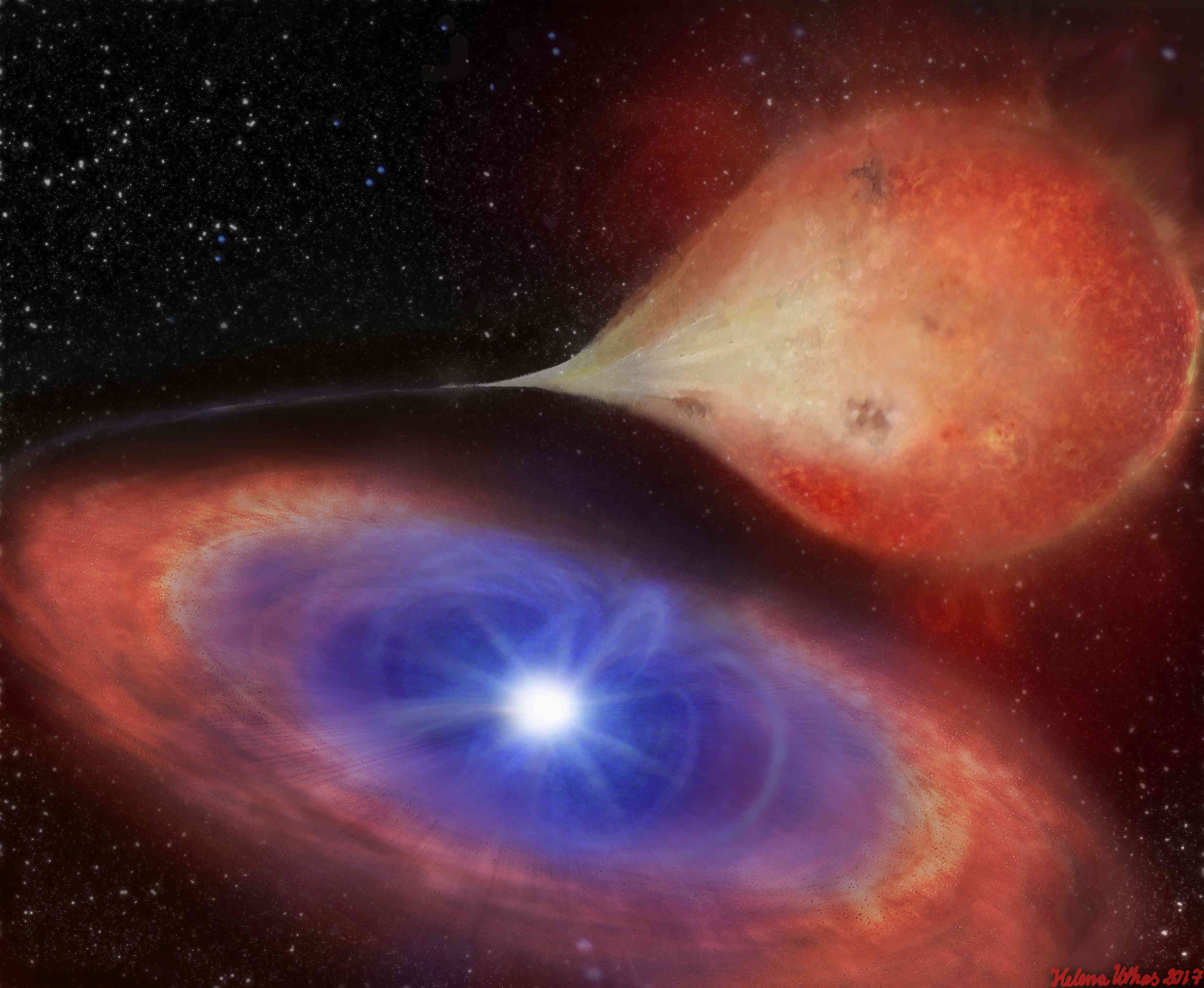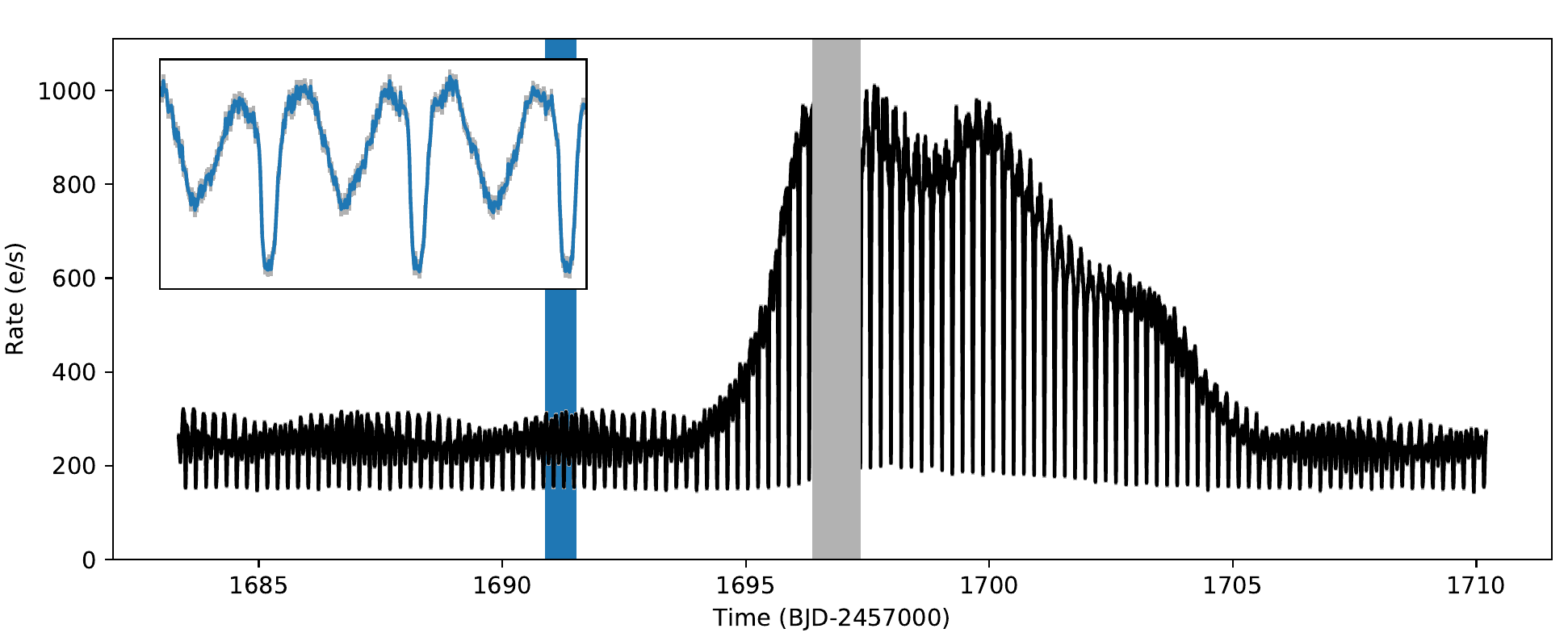Accreting white dwarfs as accretion disk laboratories
Accretion is the process that drives and regulates the growth of most objects in the Universe: from the birth of stars to the feeding of supermassive black holes, from the evolution of galaxies over cosmological time scales to the life cycles of interacting binary stars in the Solar neighbourhood. Accretion requires angular momentum to be lost from the in-falling material, usually resulting in the formation of a so-called accretion disk. Accretion discs are ubiquitous in astrophysics, found in young-stellar objects, interacting binary stars with a compact object accretor (white dwarf, neutron star, or black hole) and the central engines of active galactic nuclei (AGN). Remarkably, the accretion process is generally unstable in all of these, with systems cycling between long-lasting low states ("quiescence") and short-lived high states ("outburst"). The accretion rate through the disk and onto the central object is much higher in outburst than in quiescence, and the time-averaged accretion rate is therefore dominated by the mass that is accreted during these outbursts. The classical equations of disk structure and more modern magnetohydrodynamics approaches suggest that the basic physics of accretion should work through the same processes for all types of accretion disks. Nonetheless it is not yet clear if the physics of accretion can truly be considered scale-invariant throughout different accretor types of varying masses, sizes, and mass transfer rates.
 |
| Schematic illustration of the accreting white dwarf MV Lyrae displaying magnetically gated accretion bursts. |
At Durham we are using observations of accreting white dwarfs to test the notion of scale-invariance through comparisons to other accretors. Some of the science questions we are exploring are:
- What are the major viscous mechanisms allowing matter to lose angular momentum and propagate inwards?
- How does the geometry of accretion disks relate to different mass accretion rates?
- How do accretion disks react to different radiation environments?
- What are the secular changes in mass transfer rates, especially in binary systems?
Accreting white dwarfs exist under different environments: from white dwarfs with magnetic fields larger than 10 million Gauss which magnetically disrupt the accretion disk, to systems with highly inclined precessing tilted disks. At Durham we make extensive use of the Transiting Exoplanet Survey Satellite (TESS) to study the brightness variations of hundreds of accreting white dwarfs of different types. TESS provides precise brightness measurements every 2 minutes (and in some cases 20 seconds) while it observes targets for month-long stares. These brightness variations can generally be attributed to variations in the mass transfer through accretion disks and thus allow us to test our current theories of disk structure and evolution in accreting systems. Our sample includes white dwarf accretors with varying magnetic field strengths, varying mass transfer rates, and observed at different phases through their long-term evolution. We further augment our observations with multi-wavelength data enabling us to obtain a panchromatic view of the spectral changes of accreting white dwarfs. Our aim is to produce the first systematic study of the optical variability properties of accreting white dwarfs under different environments, and compare these to other accretor types to test the notion of scale-invariance in accretion disks
 |
| TESS lightcurve (2 min cadence) of the eclipsing system EX Draconis (Court et al. 2020). |
Staff involved with this topic at Durham include Simone Scaringi.
Contact Details
Centre for Extragalactic Astronomy,Ogden Centre for Fundament Physics - West,
Department of Physics,
Durham University,
South Road,
Durham DH1 3LE
Tel: 44 (0)191 3343635





